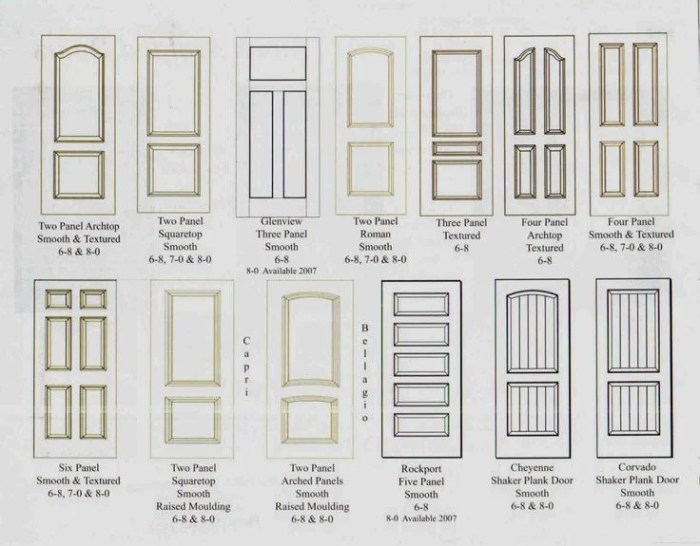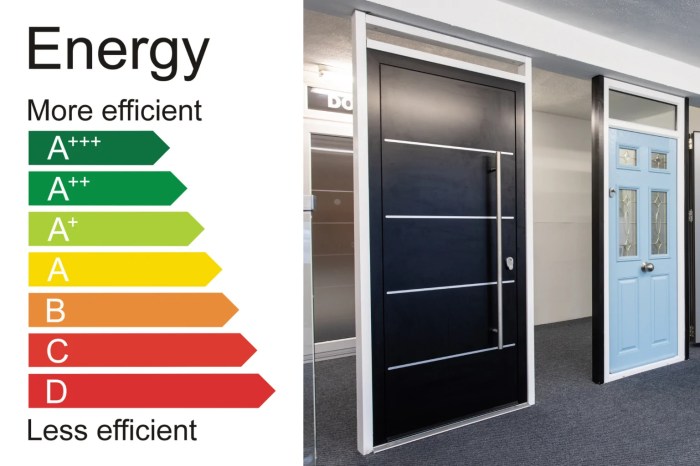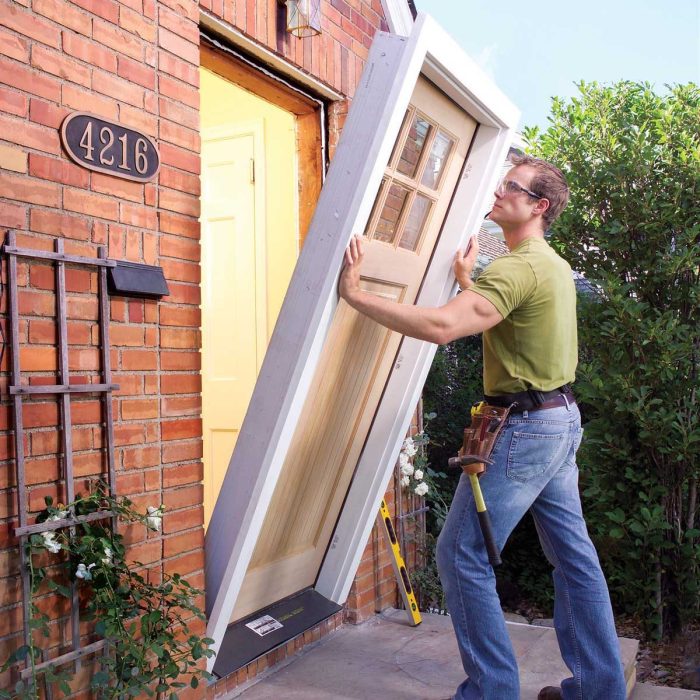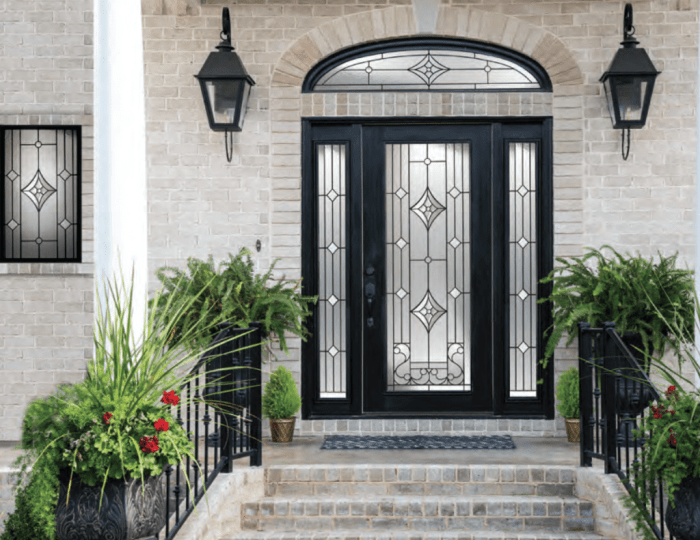Exploring Sustainability Focus in Fine Homebuilding
Sustainability Focus in Fine Homebuilding sets the stage for this enthralling narrative, offering readers a glimpse into a story that is rich in detail with casual formal language style and brimming with originality from the outset.
As we delve deeper into the importance of sustainable practices, sustainable materials, energy efficiency, and waste reduction in fine homebuilding, a world of innovation and eco-conscious building practices unfolds.
Importance of Sustainability Focus in Fine Homebuilding
Integrating sustainability practices in fine homebuilding not only benefits homeowners but also has a positive impact on the environment. By prioritizing sustainability, builders can reduce energy consumption, minimize waste, and create healthier living spaces.
Benefits of Incorporating Sustainable Practices
Embracing sustainable practices in fine homebuilding can lead to numerous benefits, such as:
- Lower energy costs for homeowners through the use of energy-efficient materials and designs.
- Reduced environmental footprint by minimizing waste and choosing eco-friendly building materials.
- Enhanced indoor air quality by selecting non-toxic materials that promote a healthier living environment.
- Increased property value due to the growing demand for sustainable homes in the real estate market.
Examples of Sustainable Materials and Techniques
Builders can incorporate the following sustainable materials and techniques in fine homebuilding:
- Utilizing recycled or reclaimed wood for flooring, cabinetry, and structural elements.
- Installing energy-efficient windows and doors to improve insulation and reduce heat loss.
- Implementing rainwater harvesting systems to reduce water consumption and promote sustainability.
- Using low-VOC paints and finishes to minimize indoor air pollution and create a healthier living space.
Sustainable Materials in Fine Homebuilding
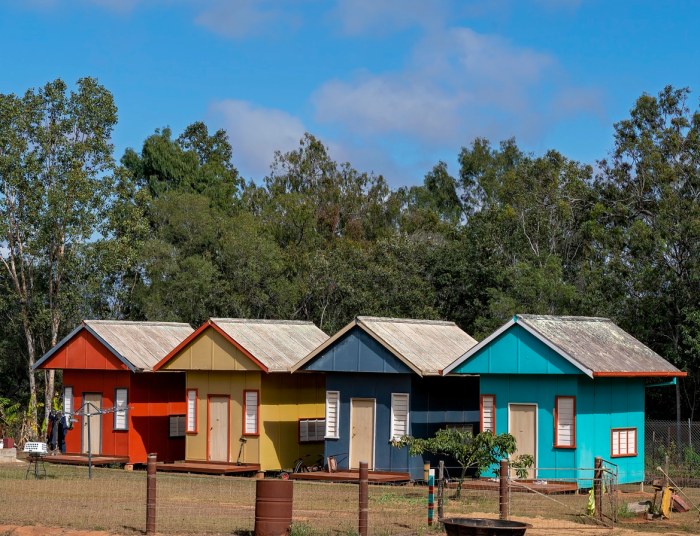
When it comes to fine homebuilding, using sustainable materials is essential for creating environmentally friendly and long-lasting structures. These materials are not only better for the planet but also offer a range of benefits that make them ideal for construction projects.
Commonly Used Sustainable Materials
- Bamboo: Known for its rapid growth and strength, bamboo is a popular sustainable material used for flooring, cabinets, and even structural elements.
- Recycled Steel: Utilizing recycled steel helps reduce the environmental impact of mining new steel while providing a durable and versatile building material.
- Recycled Glass: Repurposed glass can be used in countertops, tiles, and insulation, offering a sustainable alternative to traditional materials.
- Cork: Harvested from the bark of cork oak trees, cork is a renewable material that is often used for flooring, insulation, and wall coverings.
Characteristics of Sustainable Materials
Sustainable materials possess key characteristics that make them suitable for construction projects. These include:
- Durability: Sustainable materials are often durable and long-lasting, reducing the need for frequent replacements and repairs.
- Renewability: Many sustainable materials are renewable resources, ensuring a constant supply without depleting natural ecosystems.
- Energy Efficiency: Sustainable materials are often energy-efficient, helping to reduce overall energy consumption in a home.
- Low Environmental Impact: Using sustainable materials minimizes environmental harm through reduced carbon emissions and waste generation.
Cost-Effectiveness of Sustainable Materials
While the initial cost of some sustainable materials may be higher than traditional options, the long-term benefits often outweigh the upfront investment. Energy savings, durability, and environmental impact are factors to consider when comparing the cost-effectiveness of sustainable materials versus traditional counterparts.
Energy Efficiency in Sustainable Homebuilding
Energy-efficient design plays a crucial role in sustainable fine homebuilding by reducing energy consumption, minimizing environmental impact, and promoting long-term cost savings.
Examples of Energy-Efficient Systems and Technologies
- High-performance insulation materials such as spray foam or cellulose insulation to minimize heat loss and gain.
- Energy-efficient windows and doors with low-E coatings to improve insulation and reduce heat transfer.
- Solar panels and solar water heaters to harness renewable energy sources and reduce reliance on traditional power grids.
- Energy-efficient HVAC systems like geothermal heat pumps or mini-split systems for heating and cooling.
- LED lighting fixtures and energy-efficient appliances to lower electricity consumption.
Long-Term Cost Savings
By incorporating energy-efficient systems and technologies into sustainable homes, homeowners can benefit from significant long-term cost savings. Reduced energy consumption leads to lower utility bills, while the use of renewable energy sources can further decrease dependency on external energy providers.
Additionally, energy-efficient practices can increase the overall value of a home and contribute to a healthier indoor environment for occupants.
Waste Reduction and Recycling in Fine Homebuilding
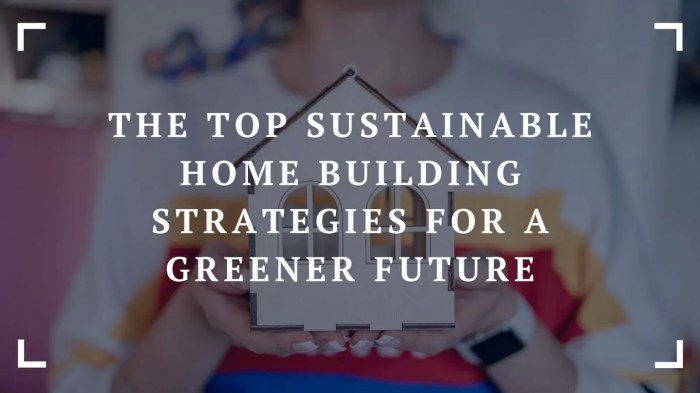
Reducing waste and recycling materials are essential aspects of sustainable construction practices in fine homebuilding. By minimizing waste and repurposing materials, builders can contribute to environmental conservation efforts and create more efficient construction processes.
Strategies for Waste Reduction
- Plan materials carefully to avoid over-ordering and excess waste.
- Reuse leftover materials from previous projects whenever possible.
- Implement on-site sorting of waste to facilitate recycling and proper disposal.
- Opt for modular construction methods to reduce material waste during assembly.
Importance of Recycling in Fine Homebuilding
Recycling materials in fine homebuilding not only reduces waste but also conserves natural resources and energy. By incorporating recycled materials into construction projects, builders can lower costs and minimize the environmental impact of their work.
Innovative Repurposing of Construction Waste
- Transforming leftover wood into furniture, flooring, or decorative elements for the home.
- Crushing concrete waste to create recycled aggregates for new construction projects.
- Using excess drywall to create soundproofing barriers or insulation within the home.
- Repurposing metal scraps for artistic features or functional additions to the building.
Closing Notes

In conclusion, Sustainability Focus in Fine Homebuilding not only showcases a commitment to environmental responsibility but also paves the way for a future where sustainable living is seamlessly integrated into the fabric of our homes. By embracing sustainability in fine homebuilding, we not only build structures but also cultivate a greener, more sustainable world for generations to come.
Quick FAQs
What are the benefits of incorporating sustainable practices in fine homebuilding?
By incorporating sustainable practices, fine homebuilders can reduce environmental impact, lower energy costs, and create healthier living spaces.
How does energy-efficient design contribute to sustainable fine homebuilding?
Energy-efficient design helps reduce energy consumption, lower utility bills, and minimize the carbon footprint of buildings.
What are some commonly used sustainable materials in fine homebuilding?
Common sustainable materials include bamboo flooring, recycled glass countertops, and reclaimed wood for construction.
What are innovative ways builders can repurpose construction waste?
Builders can repurpose construction waste by using it for landscaping, creating art installations, or donating materials to organizations in need.
